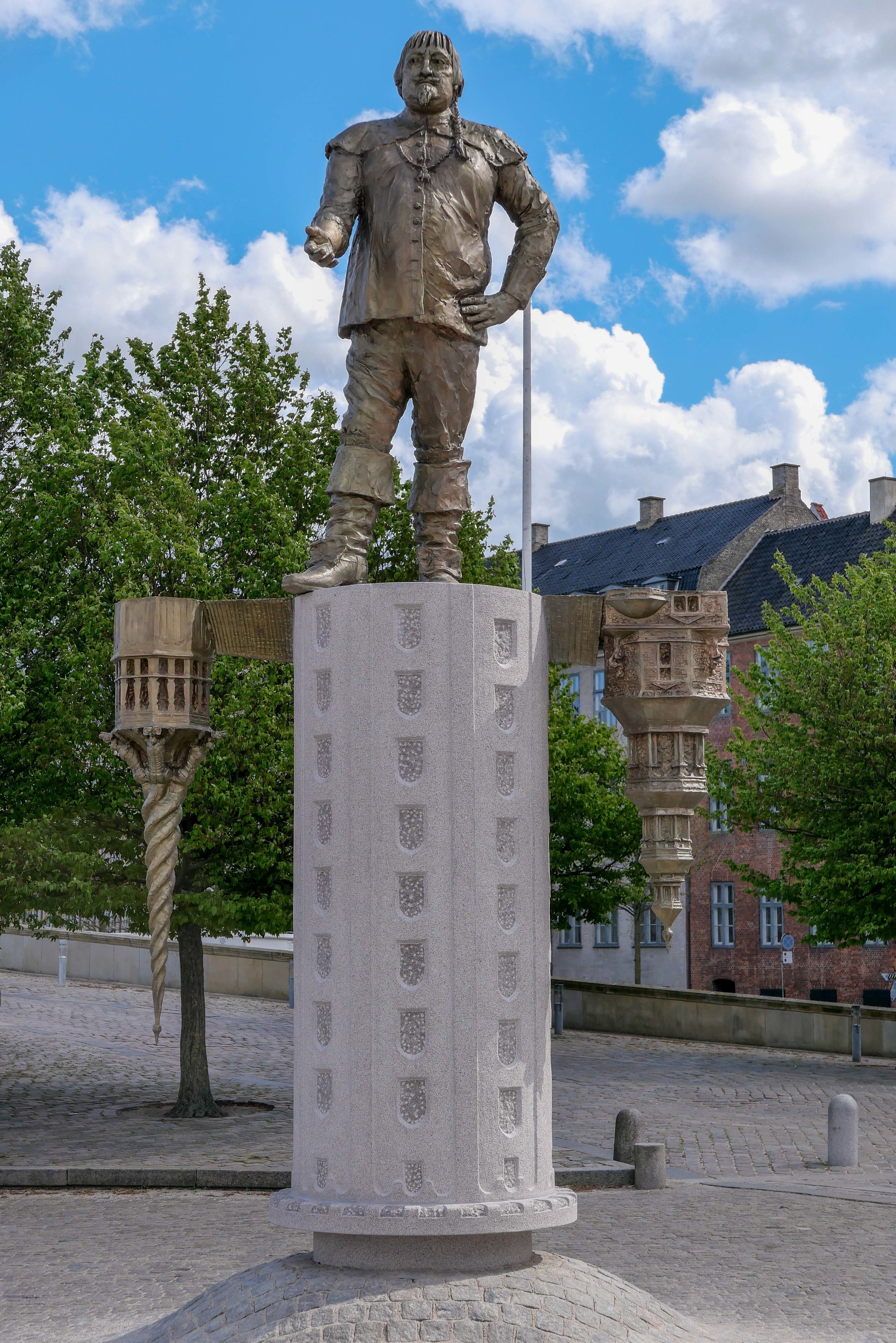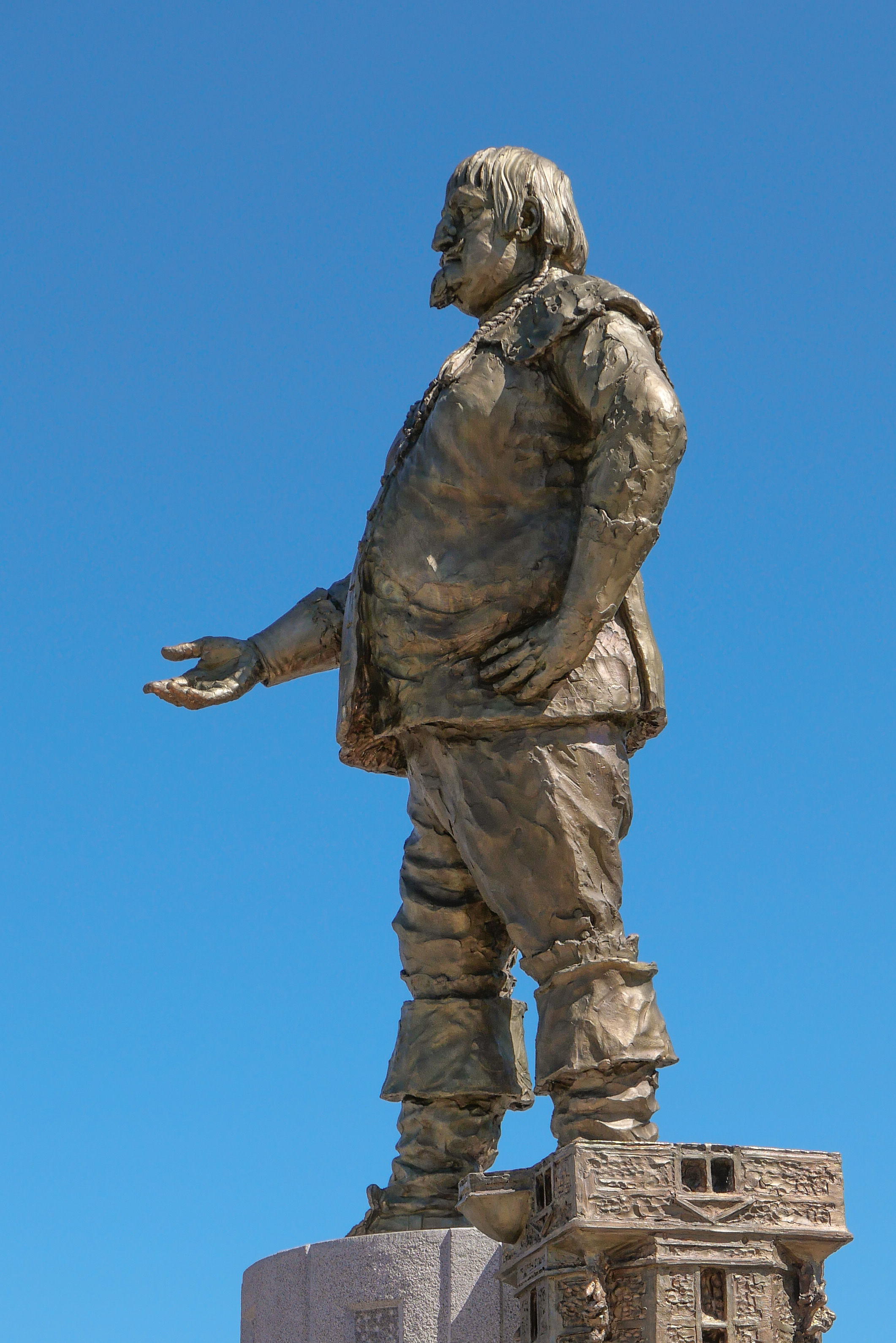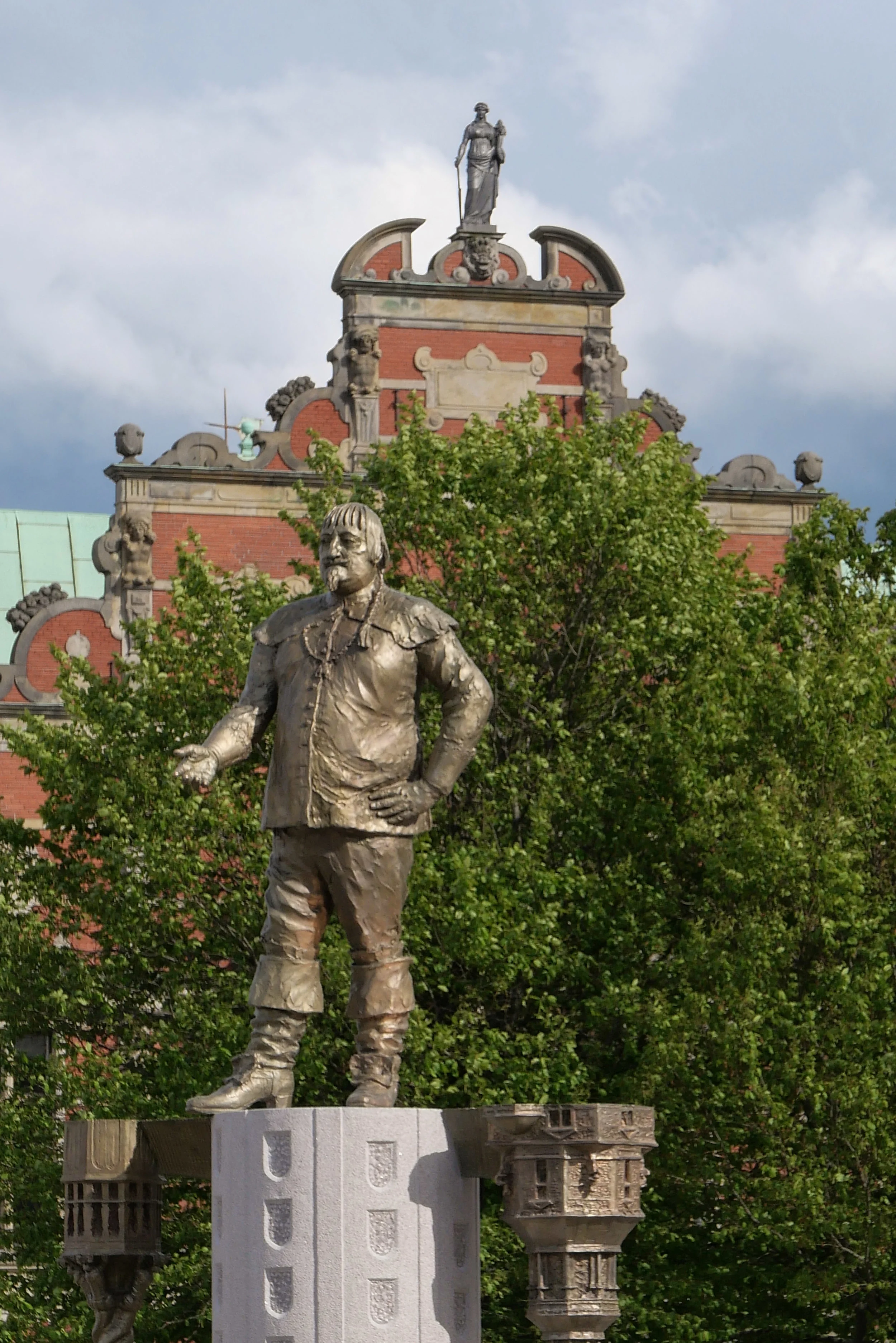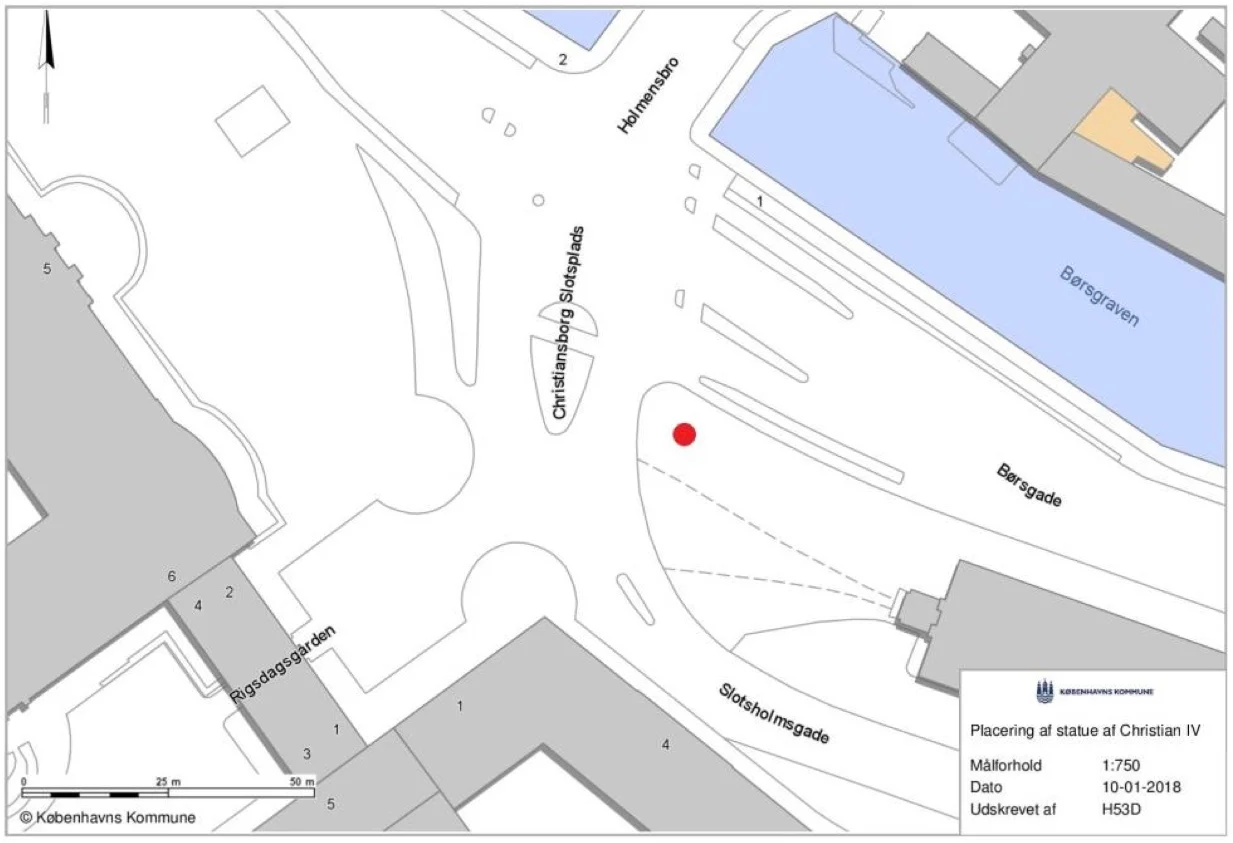Børsen update - Thursday evening 18 April 2024
/Politiken has just announced that the main gable wall of the stock exchange building that faces towards Christiansborg Slotsplads, and the wall and ornate gables along the street - along Børsgade - collapsed late this afternoon.
Fire services have been monitoring the building throughout the day to ensure that fire could not break out again in the smouldering ruin. Police have reported that no one was injured when the outer walls collapsed.
This is, without any doubt, a tragedy.
Built for Christian IV in the early 17th century, Børsen was one of the most important historic buildings in the city from that period and only Rundetaarn and the Trinitatis Kirke and the palace of Rosenborg and it's gardens are of comparable architectural status and importance.
Børsen had, and hopefully still has, a significant place in the history of the city and of the country as a monument to and as evidence for 400 years of Danish trade and Danish history.
Investigations are ongoing to determine how and when and where the fire started but there has to be a major and formal assessment of how recent restoration work was planned and organised.
The whole building was encased in scaffolding and sheeting as external brickwork was being replaced - to make good inappropriate restoration undertaken in the late 19th century - but also, and probably much more significant, copper covering the roof was being replaced.












































